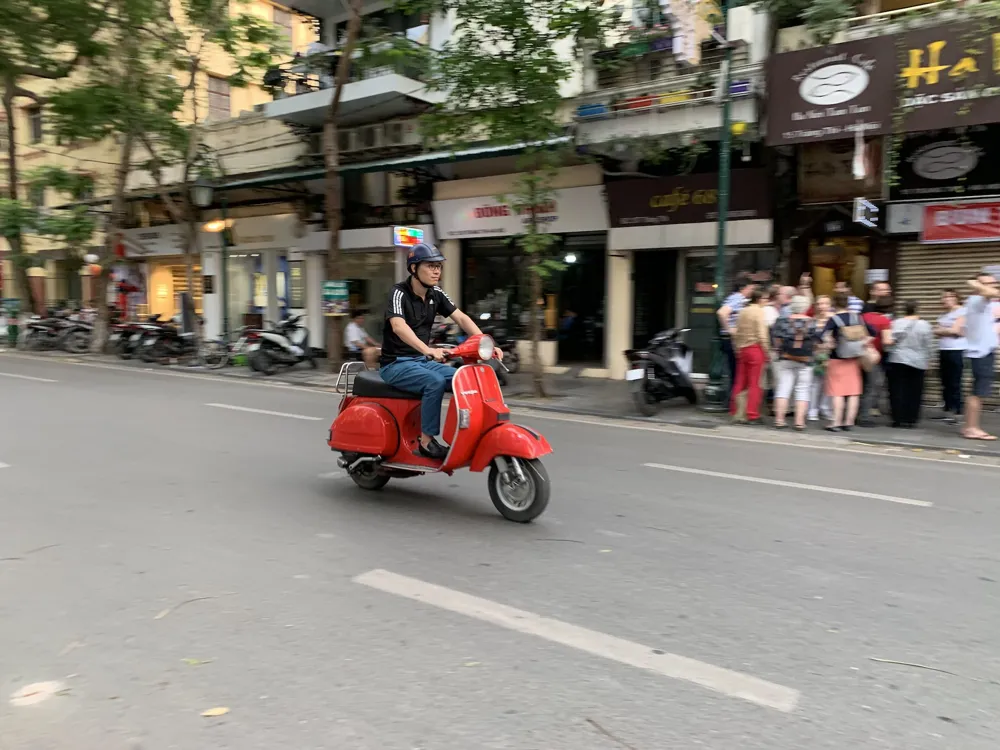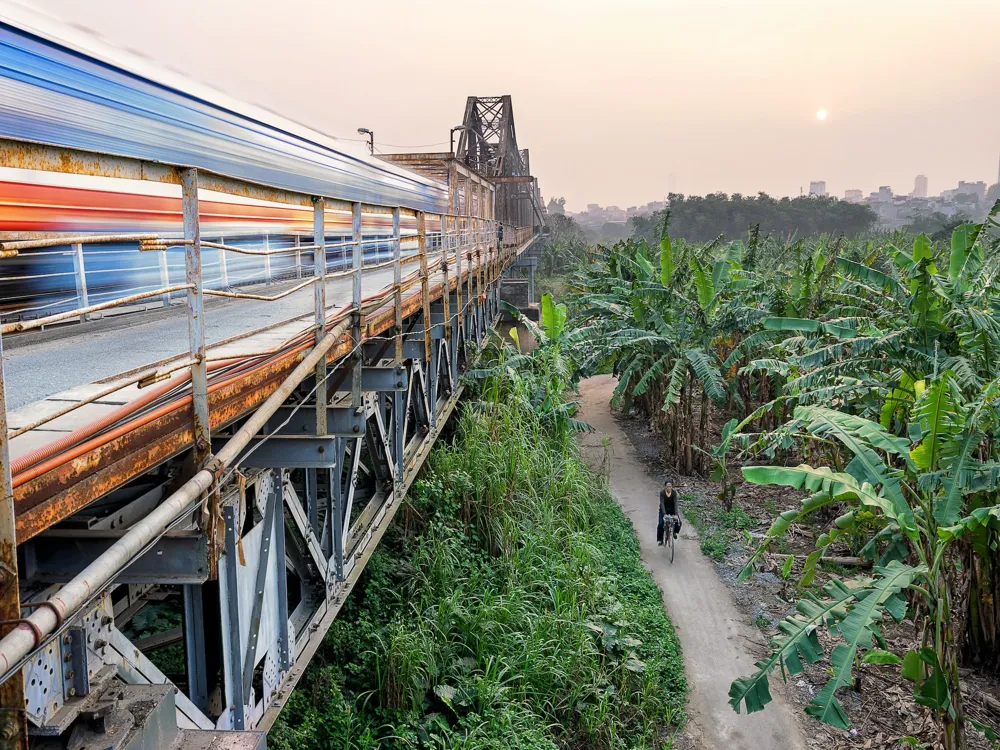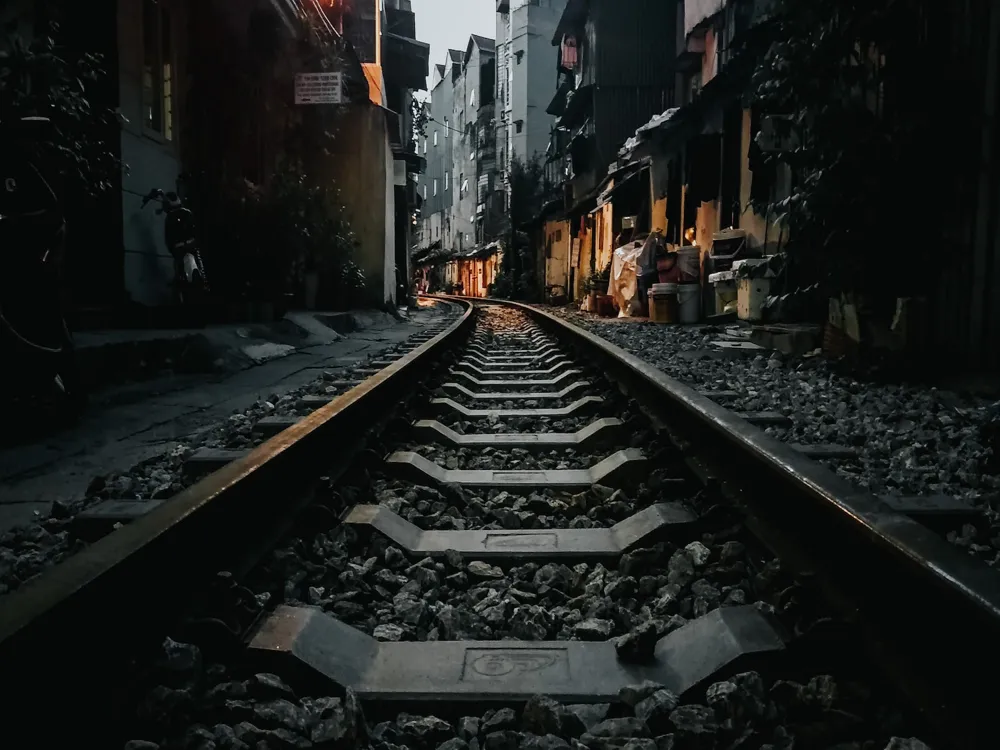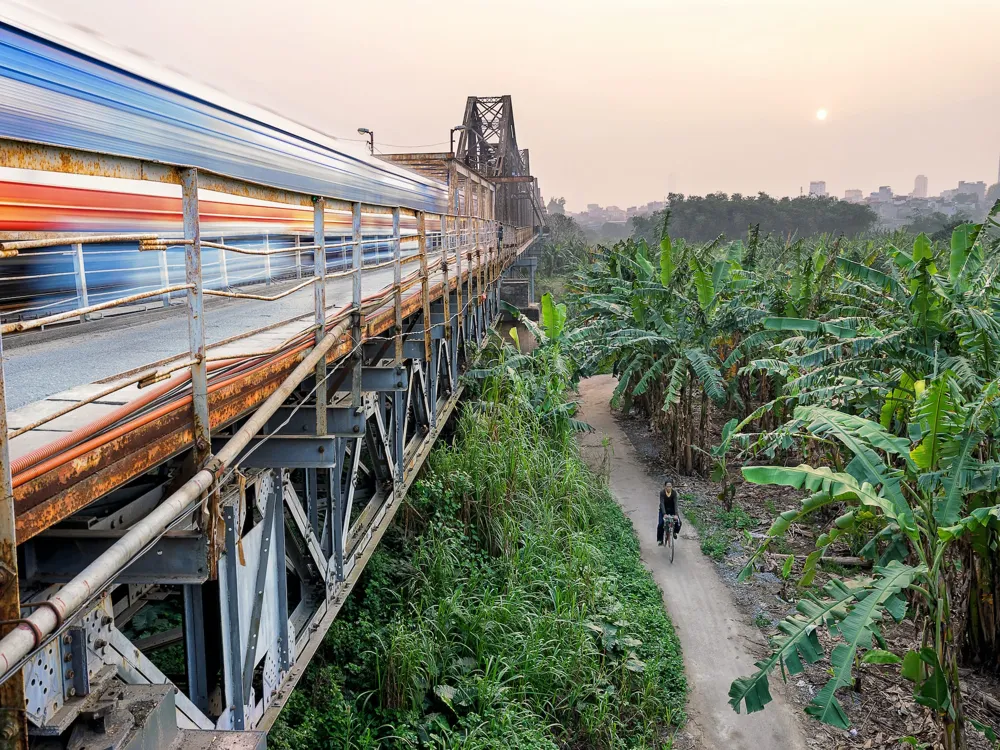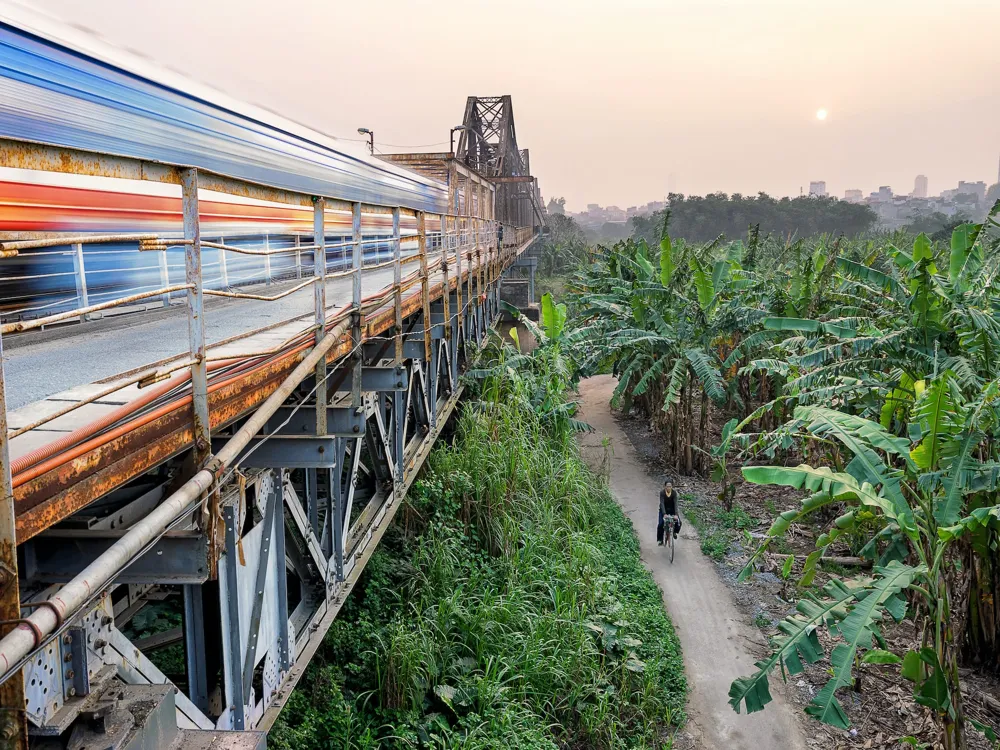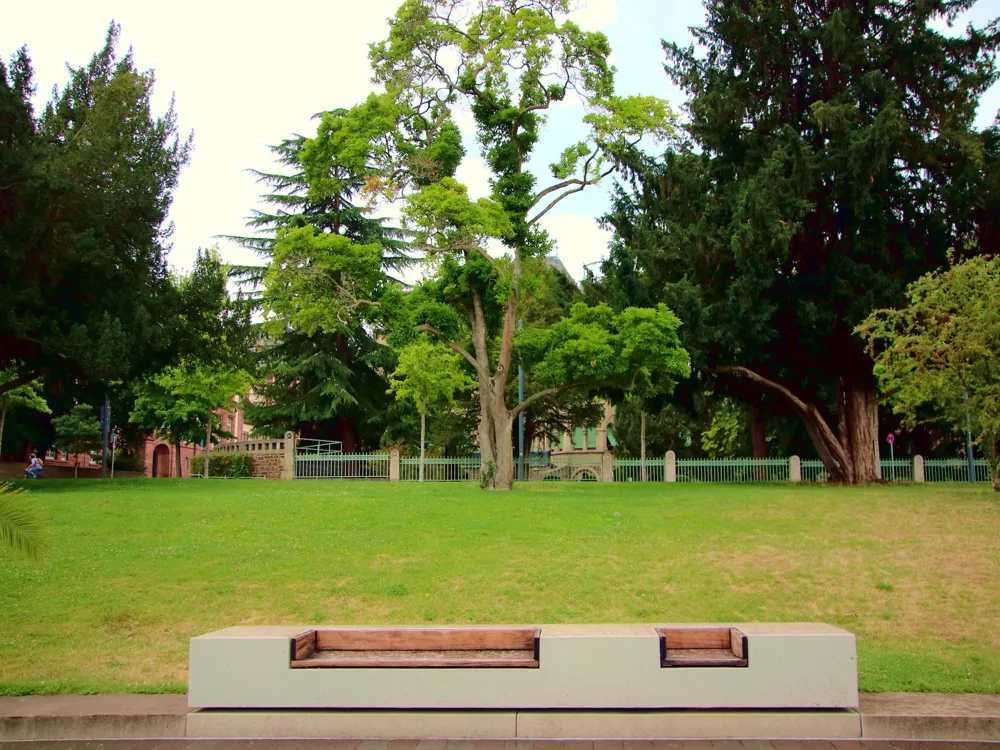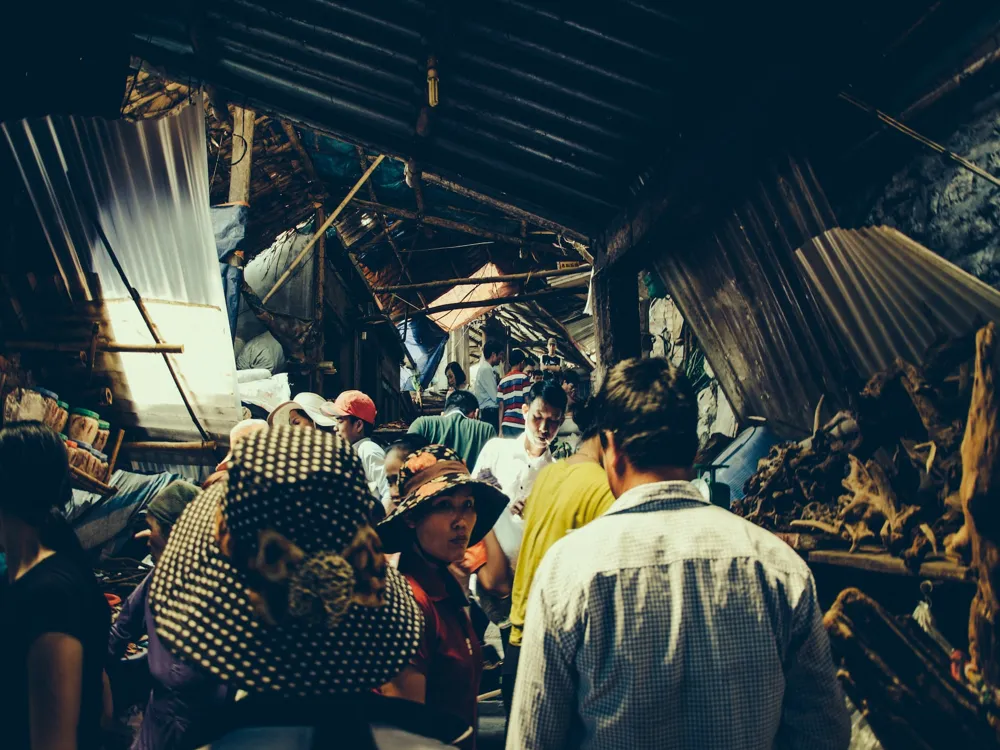Hanoi, the capital city of Vietnam, is a remarkable blend of old-world charm and modern dynamism. It's a place where tradition and history are intricately woven into the fabric of daily life, making it a fascinating destination for travelers from around the world. The city's history dates back over a thousand years, making it one of the oldest capitals in the world. With its rich cultural heritage, Hanoi is a treasure trove of historical monuments, ancient pagodas, and unique museums. The city's streets are a symphony of sights, sounds, and smells, bustling with vibrant markets, street vendors, and motorbikes zipping through narrow lanes. Hanoi's historical significance is evident in its well-preserved colonial buildings, ancient temples, and a labyrinth of streets in the Old Quarter, each named after the goods that were historically sold there. This area serves as a living museum, showcasing the city's rich past and resilient spirit. The city is not just about its past, however. In recent years, Hanoi has undergone rapid modernization, with new skyscrapers and shopping malls emerging alongside traditional Vietnamese houses, adding to its unique character. Hanoi's history is marked by various dynasties and colonial powers, each leaving its imprint on the city. The city's architecture is a testament to this rich history, featuring a mix of Vietnamese, Chinese, and French influences. The Temple of Literature, a Confucian temple, stands as a symbol of the city's commitment to education and literature, dating back to the 11th century. The Imperial Citadel of Thang Long, a UNESCO World Heritage Site, is another historical marvel, showcasing the city's military and political significance over the centuries. The city's cultural heritage is also reflected in its vibrant arts scene. Hanoi is the birthplace of traditional Vietnamese water puppetry, a unique art form that narrates the stories of rural Vietnam. The city is also home to a thriving contemporary art scene, with numerous galleries and art spaces showcasing works by both established and emerging Vietnamese artists. In contrast to its historical sites, Hanoi's modern development is equally impressive. The city's skyline is punctuated with sleek skyscrapers, such as the Lotte Center and the Keangnam Hanoi Landmark Tower, which offer panoramic views of the city. The development of the West Lake area and the My Dinh business district reflects Hanoi's growth as a dynamic urban center. The city's commitment to green spaces and public parks, such as Hoan Kiem Lake and the Botanical Gardens, offers residents and visitors alike a respite from the urban bustle. These green spaces are not just recreational areas but also integral parts of the city's identity, hosting various cultural and community events throughout the year. Hanoi's architecture is a fascinating amalgamation of different eras and influences, reflecting the city's long and varied history. The cityscape is a tapestry of architectural styles, ranging from ancient temples and French colonial buildings to modern skyscrapers and contemporary structures. This blend of old and new creates a unique urban environment, making Hanoi an architectural marvel in Southeast Asia. The Old Quarter, with its narrow streets and traditional shophouses, represents the heart of old Hanoi. These buildings, typically two or three stories tall, feature a unique architectural style known as 'tube houses.' The front of these houses is narrow, often only a few meters wide, but they extend far back from the street, a design adapted to the historical tax system based on street frontage. Traditional Vietnamese architecture in Hanoi is best exemplified by its numerous temples and pagodas. The One Pillar Pagoda, with its unique lotus-shaped design, and the Tran Quoc Pagoda, one of the oldest in the city, are prime examples of traditional Vietnamese Buddhist architecture. These structures are characterized by their intricate woodwork, sloping tiled roofs, and ornate carvings, often set in serene, landscaped gardens. Another significant aspect of Hanoi's architecture is the communal houses, which serve as focal points for local communities. These structures, often located in the center of villages or neighborhoods, are used for community gatherings and religious ceremonies, showcasing the communal aspect of Vietnamese culture. The French colonial period left a lasting impact on Hanoi's architecture. The French introduced European architectural styles, evident in the grand boulevards and elegant villas throughout the city. The Hanoi Opera House, inspired by the Paris Opera House, and the St. Joseph's Cathedral, a neo-Gothic structure, are prime examples of French architectural influence. These buildings not only add to the city's aesthetic diversity but also serve as reminders of its colonial past. Beyond the grand colonial structures, the French influence is also seen in the residential quarters, with many homes featuring balconies, tall windows, and yellow facades, a distinctive feature of Hanoi's urban landscape. In recent years, Hanoi has embraced contemporary architecture, with several modern developments reshaping the city's skyline. The National Convention Center, with its unique lotus-inspired design, and the Hanoi Museum, known for its inverted pyramid structure, are examples of modern architectural creativity in the city. Urban planning in Hanoi has focused on sustainable development, integrating green spaces, and improving public transport to create a more livable city. The development of eco-friendly buildings and the emphasis on pedestrian-friendly areas reflect the city's commitment to a sustainable future. The best time to visit Hanoi is during the spring (February to April) and autumn (October to November) months. During these times, the weather is more pleasant with moderate temperatures and less rainfall. The city's natural beauty is at its peak, making it ideal for sightseeing and outdoor activities. Hanoi's transportation system includes a mix of public buses, taxis, and the recently introduced metro system. For a more authentic experience, visitors can rent motorbikes or bicycles to navigate the city's narrow streets. It's important to be aware of the traffic and local driving habits, as the streets can be busy and chaotic. Hanoi is renowned for its street food culture, offering a variety of local dishes that are both delicious and affordable. Must-try dishes include Pho (noodle soup), Banh Mi (Vietnamese sandwich), and Bun Cha (grilled pork with noodles). Visitors should also explore the city's numerous cafes and restaurants for a more diverse culinary experience. When visiting Hanoi, it's important to be respectful of local customs and traditions. This includes dressing modestly when visiting temples and pagodas, and being mindful of local etiquette, such as removing shoes before entering someone's home or a sacred place. A polite and respectful attitude will enhance the travel experience and facilitate interactions with locals. Hanoi offers a wide range of accommodation options, from budget hostels to luxury hotels. The Old Quarter is a popular area for tourists, offering easy access to many of the city's attractions. For a more tranquil experience, the West Lake area offers upscale hotels with scenic views. Booking in advance is recommended, especially during peak tourist seasons. Hanoi is well-connected to the rest of the world and can be easily reached by air, land, and rail. Noi Bai International Airport, located about 30 kilometers from the city center, is the main gateway for international travelers. The airport is well-served by various international and domestic airlines, providing convenient connections to major cities around the world. For travelers within Vietnam or from neighboring countries, Hanoi is accessible by train and bus. The city's central railway station, Hanoi Railway Station, offers services to various destinations within Vietnam, including the popular route to Ho Chi Minh City. Long-distance buses connect Hanoi with other major cities in Vietnam and neighboring countries like China, Laos, and Cambodia. For those preferring to travel by road, renting a car or a motorbike can be an adventurous way to reach Hanoi, offering the flexibility to explore the beautiful countryside and rural areas along the way. However, it's important to be familiar with local traffic laws and driving conditions.Overview of Hanoi
Historical Significance and Cultural Heritage
Modern Development and Urban Landscape
Architecture of Hanoi
Traditional Vietnamese Architecture
French Colonial Influence
Contemporary Architecture and Urban Planning
Tips When Visiting Hanoi
Best Time to Visit
Transportation and Getting Around
Local Cuisine and Dining
Cultural Etiquette and Customs
Accommodation Options
How To Reach Hanoi
Bia Hoi Corner
Hanoi
₹ 15,260 onwards
View hanoi Packages
Hanoi Travel Packages
View All Packages For Hanoi
Top Hotel Collections for Hanoi

Private Pool

Luxury Hotels

5-Star Hotels

Pet Friendly
Top Hotels Near Hanoi
Other Top Ranking Places In Hanoi
View All Places To Visit In hanoi
View hanoi Packages
Hanoi Travel Packages
View All Packages For Hanoi
Top Hotel Collections for Hanoi

Private Pool

Luxury Hotels

5-Star Hotels

Pet Friendly







